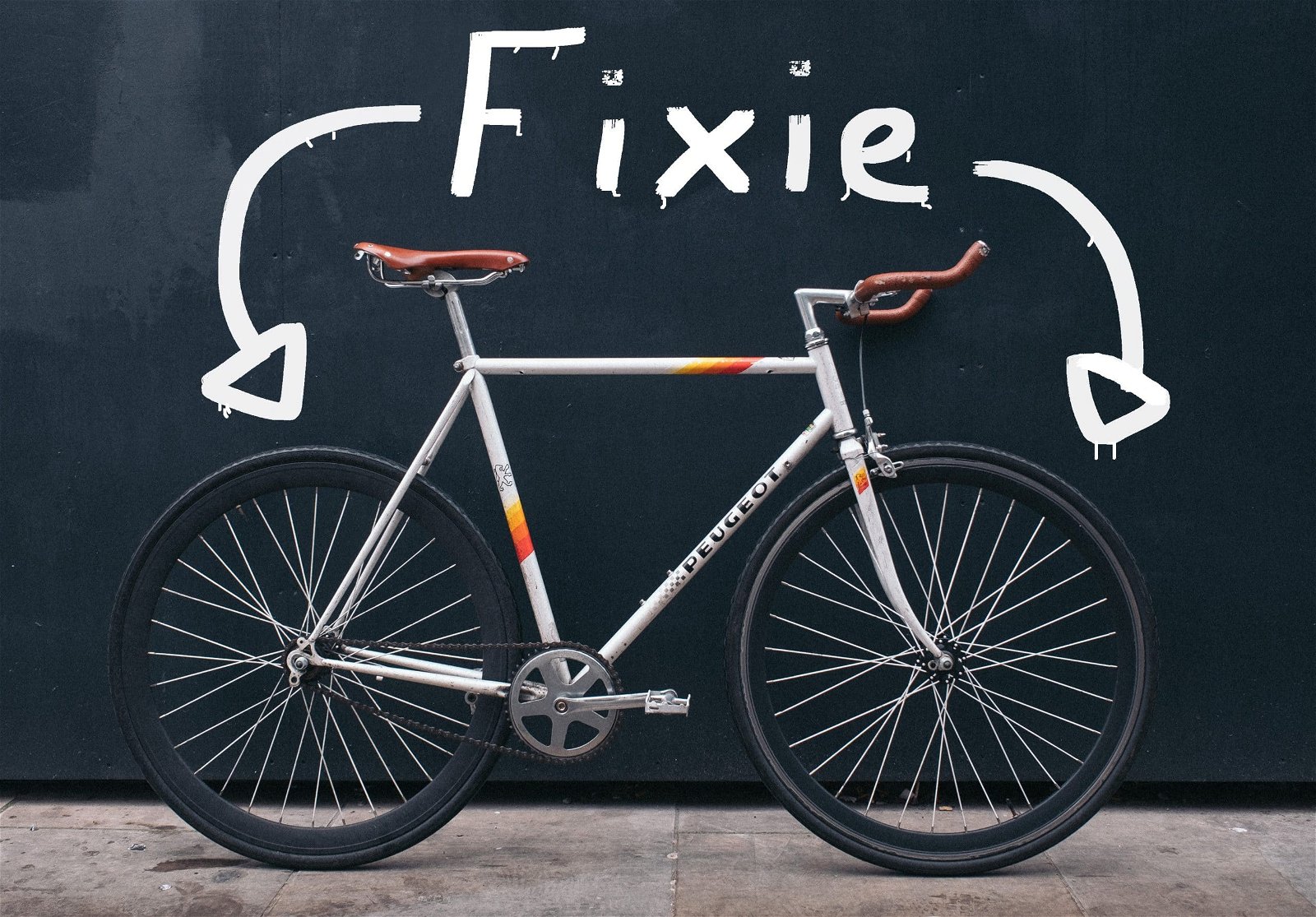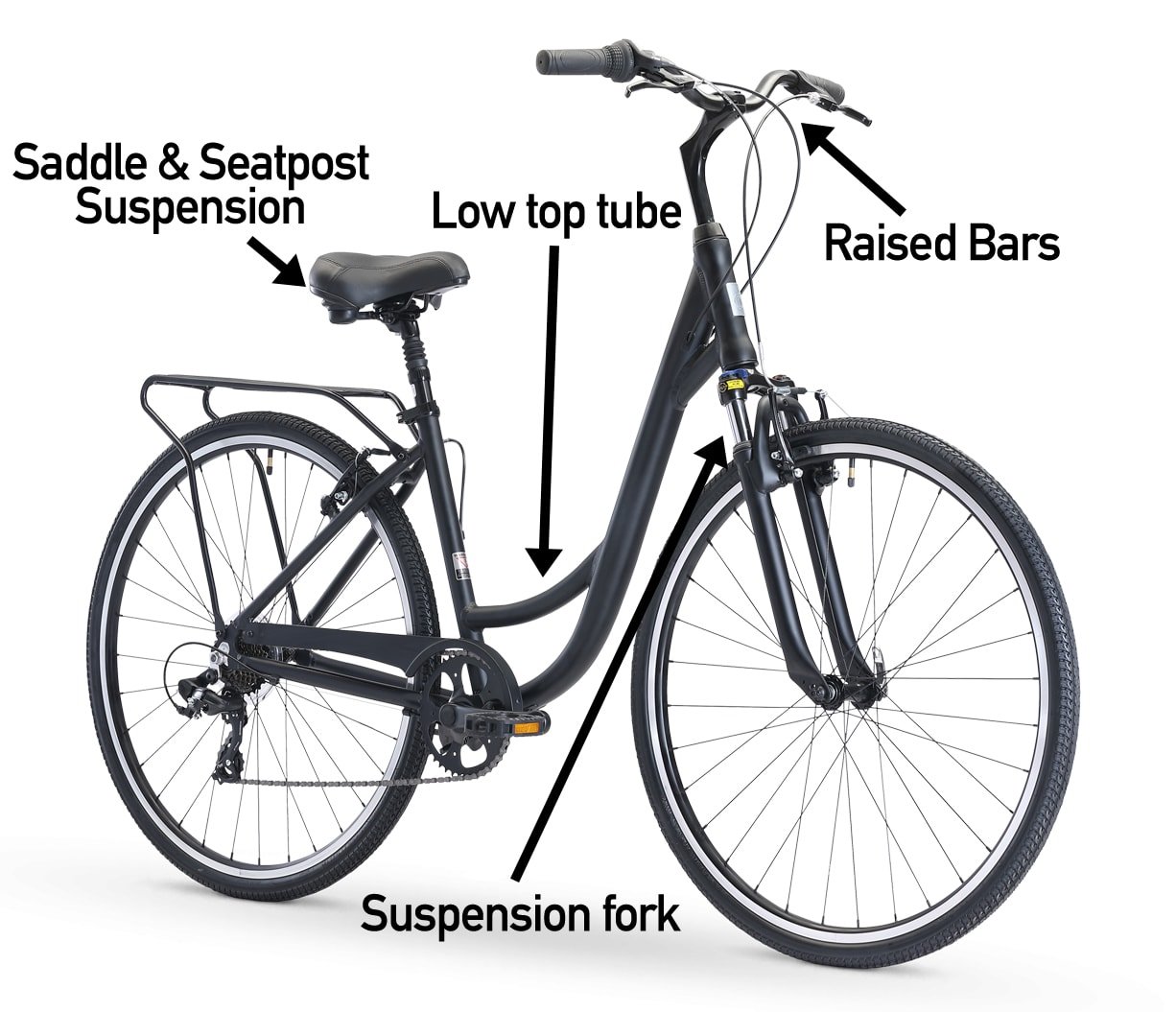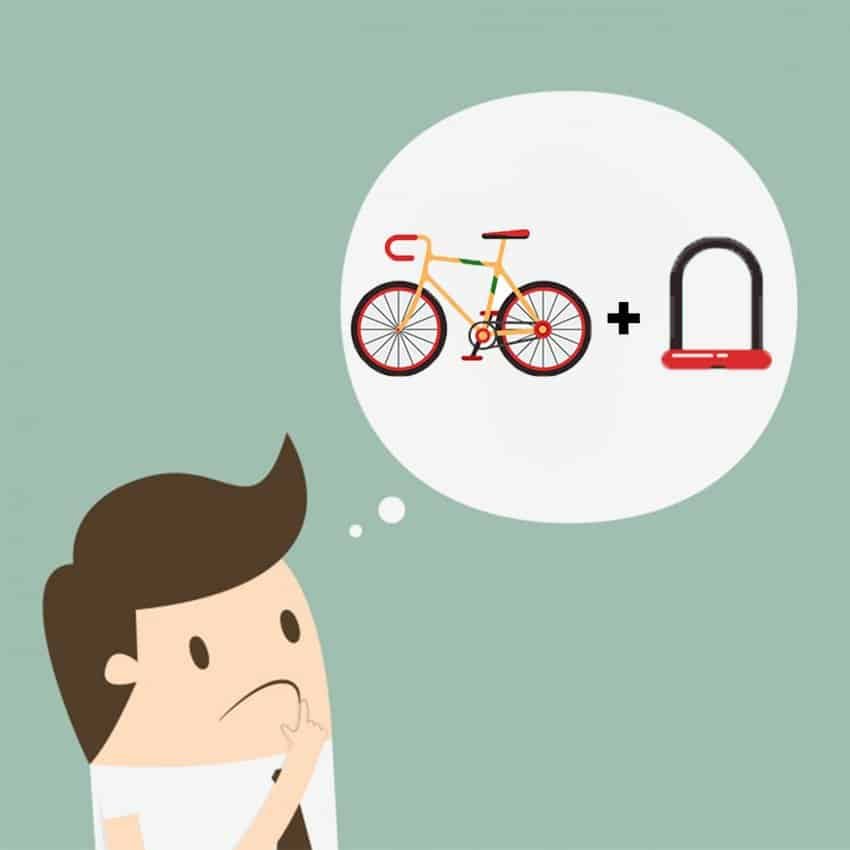An Introduction to Tandem Bicycles
If you’re looking to find out more about tandem bicycles and what these unique bikes are suitable for, keep reading.
Throughout this short article, I’ll explain everything there is to know about tandem bicycles and answer any questions you may have regarding tandem bicycles.
What is a tandem bicycle? Who are tandem bicycles suitable for? And what’s the history of the tandem bicycle?
Let’s find out!
What Is a Tandem Bicycle?
A tandem bicycle is one of the most visually distinct bikes on the market, as it is a bike that allows for two or more riders to pedal together in tandem.
These bikes are typically heavier, longer, and bulkier than traditional bikes to fit multiple riders comfortably on board.
Tandem cyclists have two distinct roles with differing responsibilities. The captain is the rider sitting in the front of the bike, and is characterized as the leader of the tandem bicycle.
The captain controls the steering, pedalling, braking, gear shifting, and overall balance of the tandem bike. Because of this, they are usually the more confident cyclist and have higher fitness levels than the stoker.
The stoker is the rider at the rear of the bike, and contrary to popular belief also has a key role in the tandem bike’s functioning. This is because they help and support the captain with pedalling, maintaining the balance of the bike, signalling turns and navigation.
The majority of tandems offer space for two riders, whilst triplets (a large tandem) are capable of carrying three people. There are also other tandem bicycles that allow more than three riders at a time, but these are far less common.
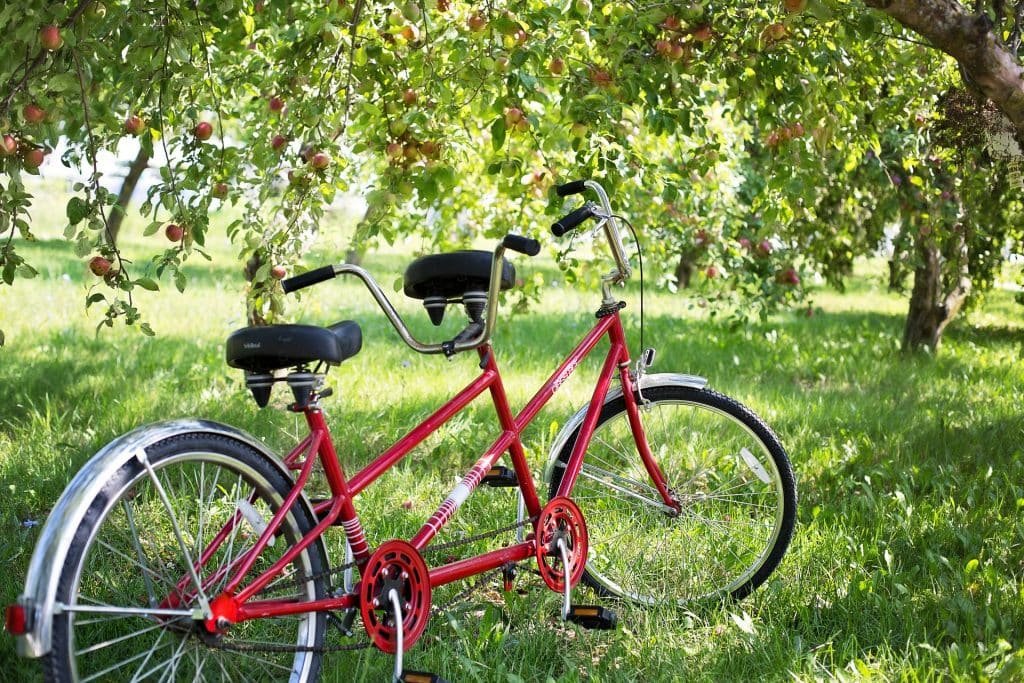
Most tandem bicycles have one chain and gear system, meaning that both riders are contributing to the pedalling of the bicycle, and both pedals are always moving at the same speed.
However, there is no one size fits all approach to tandems, since they come in multiple models dependent on the riders interests and biking goals. This includes road bikes, recumbents, off-roading designs, and many more to choose from.
Newer tandem bicycles use multiple freewheels that allow their riders to pedal independently of each other.
What Is a Tandem Bicycle Used For?
Tandem bikes are commonly used in long-distance bike touring in both city and natural environments. Because there are two sets of legs powering the pedals the majority of the time, tandems can usually push through difficult hills and mountainside environments.

This is accomplished more easily than by someone pedalling by themselves if the riders are coordinating well with each other.
Depending on the tandem’s model, they can be also found on a variety of rugged terrains with the proper tyres and design in place. Tandem bicycles are also used in competitive cycling environments as well.
Recap: What Is a Tandem Bicycle?
Just in case you missed it, I thought I’d explain again what a tandem bike is.
A tandem bicycle is a type of bike which enables two or more riders to cycle together on the same bike.
Tandem bikes come in all shapes and sizes and can be built for almost any cycling discipline. If you enjoy mountain biking, there are full suspension tandems available, similarly, if road biking if your thing tandems are available for this discipline.
The word tandem refers less to the type of bike and more to the way in which its riders are positioned, in tandem!
History of Tandem Bicycles
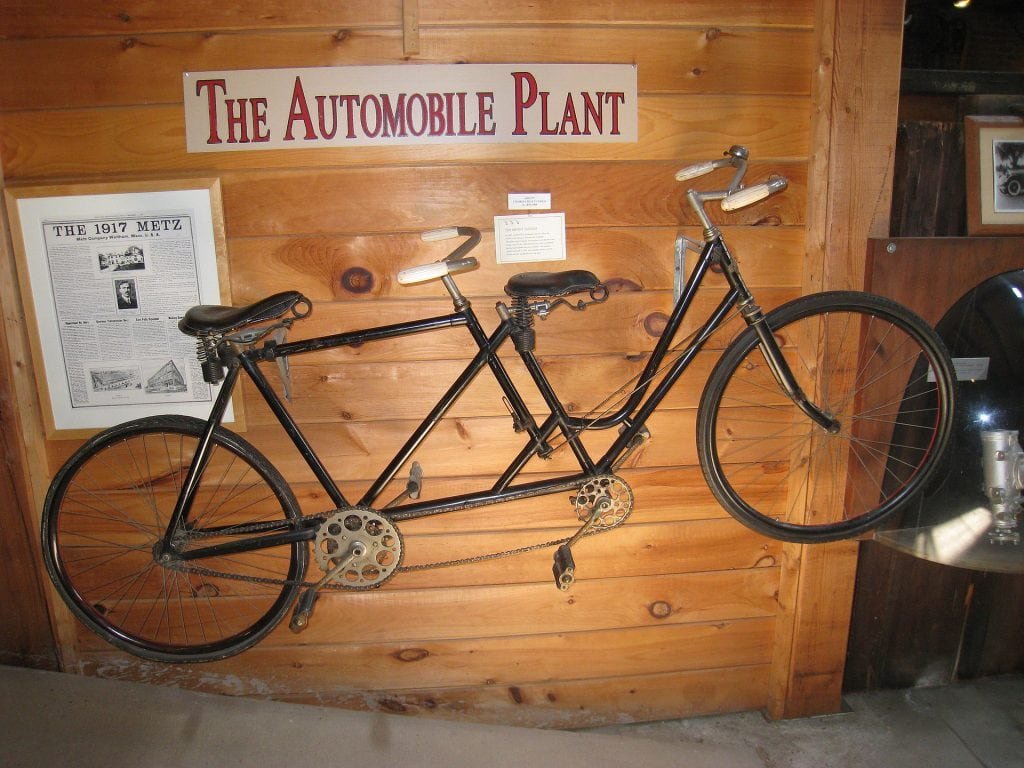
Tandem bicycles have been around for quite some time, with the first patents and inventions dating all the way back to the end of the 19th century.
The first creator of the tandem bike was the Danish inventor Mikael Pederson[1], who developed the tandem bicycle design in 1898. He named the bike the Pederson Bicycle, which was the same name he gave to his original one-man bicycle.
Overall, the tandem bike was inspired to mimic the model of his older bicycle invention with an extra seat involved.
How Have Tandem Bicycles Progressed Over the Years?
While tandems rose in popularity when they first hit the marketplace, World War II, unfortunately, played a role in decreasing their sales and overall usage.
However, as the years went on, tandem bicycles again grew in popularity in the 1960s and beyond[2]. This resurgence inspired more and more companies to get involved in creating their own versions.
This led to the inventions of much faster, quality, and well-designed tandem bikes that have found their way into both recreational and competitive biking to this day.

Nowadays many different types of tandems are available, the most popular styles of tandem bicycles are tandem mountain bikes, tandem road bikes, tandem hybrid bikes and tandem comfort bikes.
As tandem bikes can now cater for those wishing to pursue a range of cycling disciplines, they have continued to grow in popularity.
How To Identify a Tandem Bicycle
The frame of a tandem bicycle is stronger than a solo bike because it has to be capable of coping with the weight of multiple riders.
This means the frame of a tandem will almost always feature additional crossbar supports. Normally these supports will run from the lower section of the seat tube at the rear of the tandem to the front of the top tube or top of the head tube at the front of the bike.
This diagonal support greatly increases the strength of a tandem’s frame and minimises flexing whilst being ridden.
As tandem bikes are made to cater for a number of different cycling disciplines, the materials they’re made from differ with each bike.
Some high-end road tandems are made using carbon fibre, whilst others are made from aluminium.
Some mountain bike tandems have aluminium frames with a hardtail and suspension front forks, whilst others use full suspension systems.
To fit multiple riders, the frame of a tandem will almost always be longer than that of a solo bicycle. This is perhaps their most distinguishing feature.
Due to the extra weight a tandem carries they often require stronger wheels. However, if the tandem is designed for an adult and child, it may be able to get away with using 36 spoke wheels that can be found on many solo bikes.
For tandems that are built to carry two or more adults, wheels with more spokes are necessary to increase the amount of weight they can carry.
Tandem wheels with 40-48 spokes are available and provide extra strength for heavy riders or for coping with any additional touring gear.
Tyres a tandem uses depend on the discipline it’s designed for. However, to further aid their weight carrying capacity, tyres need to be inflated to a higher pressure.
Apart from having multiple stems and handlebars, the main difference is that the captain’s handlebars are normally the only ones which influence the direction of the tandem.
Stoker’s handlebars are usually attached to the captain’s seatpost and simply provide a way for stokers to stay balanced whilst riding.
The captain will be in control of gears and brakes, whilst the stoker simply pedals and holds onto the handlebars.
On some much older tandems, the stoker was also able to steer the bike. However, this feature can easily lead to confusion and cause accidents.
Multiple sets of cranks are required on a tandem. These are joined together by a timing chain, which keeps pedals moving in unity.
Some newer tandem bikes use multiple freewheels, which allows the cranks to operate independently for each other. However, this feature isn’t hugely common as it does take part of the challenge and fun out of riding a tandem!
Because a tandem bike has roughly double the kinetic energy of a solo bike, reliable brakes are essential.
Rim brakes don’t quite provide the necessary braking power so instead, you’ll normally find disc brakes on a tandem.
Disc brakes provide responsive braking in all weather conditions, which makes them suitable for tandem bikes, they are also capable of dealing with the extra weight a tandem carries.
Some tandems also feature a drum brake, which works in a similar way to those found on cars and other automobiles.
Many tandems use a drum brake on the rear wheel which acts as a drag brake. A drag brake is designed to slow the increase in speed, specifically when travelling downhill.
The stoker will normally be in control of the drag brake snd will activate it on steep terrain to prevent the tandem from gaining too much momentum.
Who Should Use a Tandem Bicycle?
Tandem bicycles are perfect for cyclists who enjoy a more friendly atmosphere when riding.
This is because the captain and stokers are constantly working as a team, which builds connections between the riders and inevitably makes for a social ride.
Tandem bikes are suitable for friends, family members, and couples to partner up for a relaxing and chatty ride on a variety of terrains.
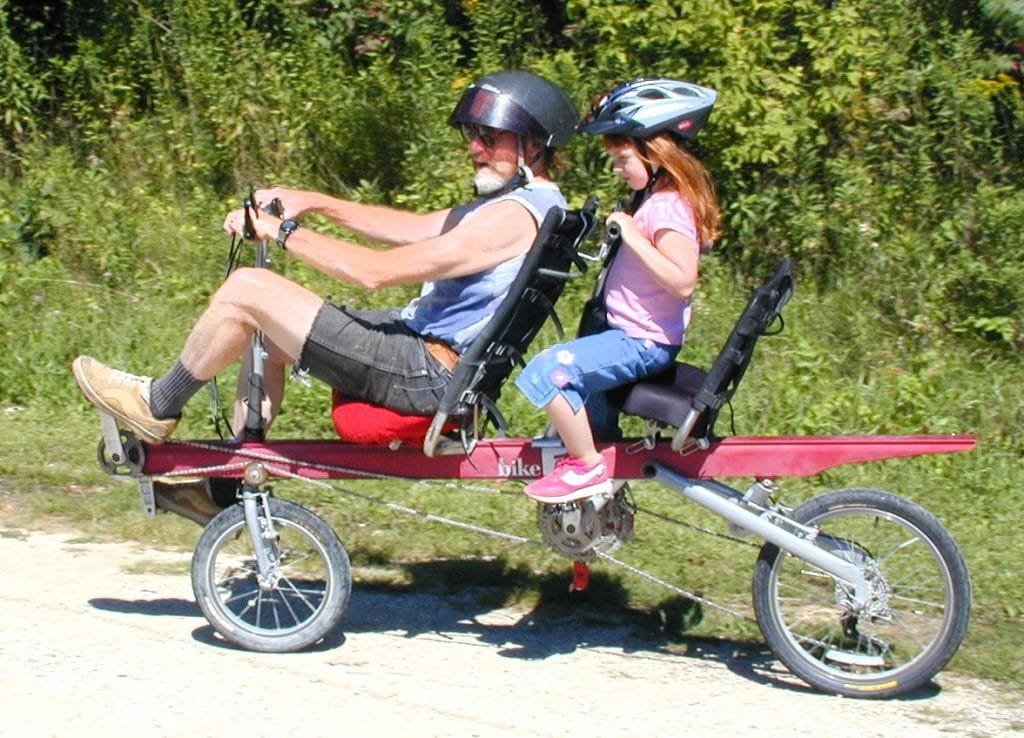
Furthermore, riders who desire the experience of biking together but have different levels of fitness or ability would benefit from tandems, for the more physically fit and confident rider can take on the captain role and the less fit or able-bodied person can be the stoker.
This opens the doors for riders to spend time together who wouldn’t have otherwise been able to in an efficient way.
Families often find tandem biking to be an enjoyable activity, whether husband and wife are pedaling together, or an adult and child. You may have to wait until your children are old enough to reach the pedals, since tandem bicycles have the same frame size for the captain and the stoker.

Not having to be as strong as the captain means your child can enjoy being the stoker and take on more difficult rides and trails with you than they would be able to if they were on a separate bike.
Riding difficult terrain without having to navigate will help to increase their cycling confidence and you’ll be able to get their help with difficult parts of the ride whilst having fun together!
Otherwise, if you’re an established rider in a specific cycling discipline and you’re looking to make things interesting, why not try replicating what you do on a tandem with a buddy? Hats off to tandem mountain bikers!
Who Shouldn't Use a Tandem Bicycle?
Although it is still a good workout to ride a tandem, it takes less strength and effort to manoeuvre one since you have the help of a partner.
Because of this, those looking for as much cardiovascular activity as possible should probably opt for a single rider bike.
Furthermore, independent riders who want to have full control and stability over their ride are not suited for a tandem bicycle, since cycling on them is entirely based on teamwork, communication, and working together with a partner.
Due to their extra seat and length needed to work well for two riders, some tandem models can be quite clunky and heavy. This makes them harder to travel with, as they are bulky and can’t always fit in a standard-sized car or public transport.
Thus, riders who are looking for an easily transportable bike are not the best fit for tandems.
What Competitions/Events are Tandem Bicycles Used In?
The most popular form of tandem biking races is found at the Paralympics. Tandem bikes have been used at the Summer Paralympics since 1988 and continue to feature today.
Athletes who are blind or visually-impaired are qualified to ride in the stoker role. These riders are then paired with a nonprofessional rider in the captain role without impaired vision who can safely guide the bike for the races.

At the traditional Olympic games, tandem bikes also made a brief appearance in the men’s 2,000 meter tandem cycling race. This began in 1908 and continued between the years 1920 to 1972. However, this event has since been removed from the Olympic competitions.
Despite their exclusion in the Olympics, tandem races can be found in a variety of competitions nonetheless, and there are even races that involve quad bikes, or bikes with four seats instead of two.
Benefits of Tandem Bicycles
As a whole, tandem bikes have a lot of advantages over traditional one-man bikes. One of the best aspects of tandem bicycles is their accessibility for a wide range of riders.
Different ages, levels of fitness, and levels of ability can all come together through these bikes since the stoker position doesn’t need as much strength as the captain does. It’s also a great family activity that encourages communication and exercise.
Riding a tandem bike you’ll have so many laughs, thrills and possibly a few arguments along the way, but as the saying goes, those who ride together, stay together!
Risks Associated with Tandem Bicycles
Because tandem bicycle require two individuals working together towards one common goal, if there isn’t clear and open communication and cooperation, there is an increased risk of crashing or falling.
For example, if the captain doesn’t communicate to the stoker that they are about to make a sharp turn, the stoker might not be in the proper positioning to turn and could throw off the balance of the bike.

The video above shows a few Olympic races which involved several crashes. Bear in mind when not cycling competitively on a tandem, you’re much less likely to crash!
To avoid situations such as this one, active communication and concentration is key from riders.
Environmental Impact of Using a Tandem Bicycle
A standard bike is already a great addition to a more sustainable world, and a tandem bike is even better for transporting more people in an environmentally friendly way.
If you’re shopping for a new tandem and fancy saving yourself money and reducing your carbon output, look for a second-hand tandem. These are nearly always available online and will cost a fraction of the price of a brand new bike!
Does the Tandem Bicycle Require a Special Area to be Ridden?
The majority of the riding that accompanies a tandem bike is similar to that of a single rider bike of their model category.
Luckily, tandem bikes do not require a special area to be ridden and can go just about anywhere that a single rider bike can.
If you want to go tandem mountain biking, then find yourself a willing partner, and hit the hills! The same can be said for any cycling discipline
What to Wear When Riding a Tandem Bicycle
Tandem bicycles don’t have one set wardrobe. This is because the attire for a recumbent tandem, off-roading tandem, or road tandem can be completely different.
Because of this, it is always important to cater your clothing to the type of riding you plan to do.
That being said, comfort is always key when it comes to tandems. Bike shorts and bike jerseys are never a bad idea, but if you’re looking for a more casual ride, any clothes can be worn.

As always when cycling, make sure to wear a helmet!
What Accessories are Recommended When Using a Tandem Bicycle?
Lorem ipsum dolor sit amet, consectetur adipiscing elit. Ut elit tellus, luctus nec ullamcorper mattis, pulvinar dapibus leo.
Because tandem bicycles are carrying extra weight through a second cyclist, strong and powerful brakes are an important feature to invest in with tandem bikes to ensure the safest ride possible.
Some riders opt for adding disc brakes as these are more responsive in all weathers. For long touring rides on tandems, lights are always a great accessory choice if your adventure takes you into the evening.
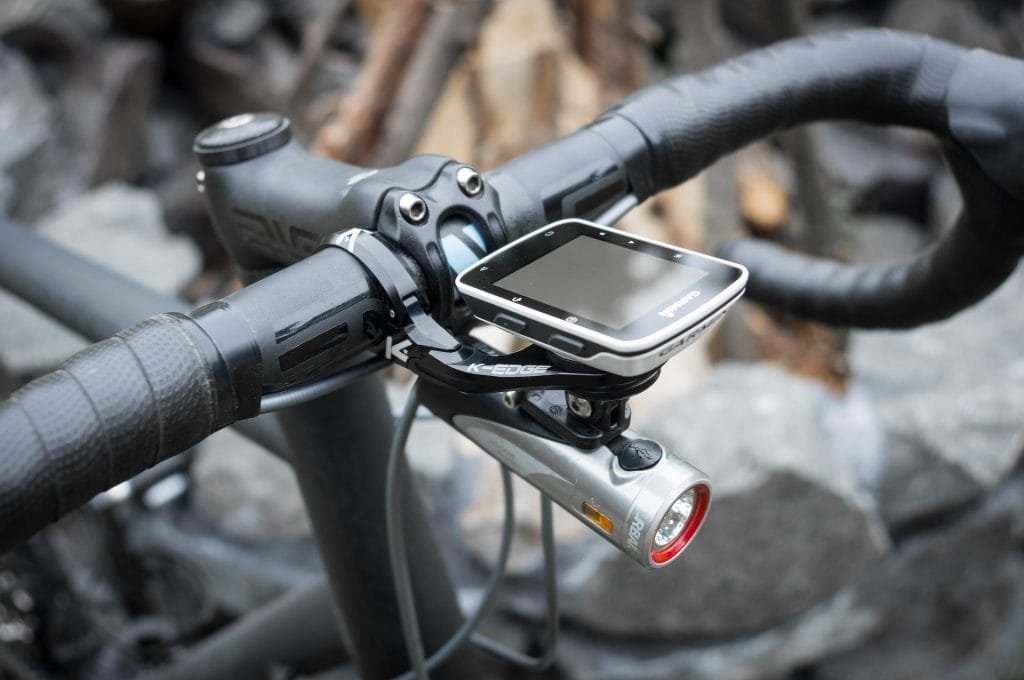
Many couples wish to go cycle touring, which involves travelling over long distances by bike. Kitting a tandem out with pannier racks, bike bags and bottle holders is a good way to go and will help carry your gear!
Otherwise a good quality phone holder/mount can be a great option for the stoker as it will allow them to navigate the upcoming roads and trails.
Conclusion - What Is a Tandem Bicycle?
So there we have it, tandem bicycles explained!
A tandem bicycle is a bike designed to be ridden in tandem by two or more cyclists. These bicycles are often custom-built and can be designed to be used for a variety of different cycling disciplines.

Tandem cycling is a great way to build relationships as riders are forced to work together to navigate the terrain they’re riding.
If the sound of tandem riding appeals to you, what are you waiting for, find yourself a tandem, get a partner and get out there!
If you have any questions, comment below and I’ll get back to you asap.
As always with any bicycle, it’s important for you to protect your investment with a good quality bike lock.
Otherwise, safe cycling.
Ciao for now!
Sources:
[1] theolympians.co/2016/05/02/tandem-cycling-then-and-now/
[2] welovecycling.com/wide/2019/02/14/the-romantic-history-of-tandem-cycling/
[3] Credit: Kramalot – (creativecommons.org/licenses/by-sa/3.0/legalcode)
[4] Credit: Yrithinnd – (creativecommons.org/licenses/by-sa/3.0/legalcode)



